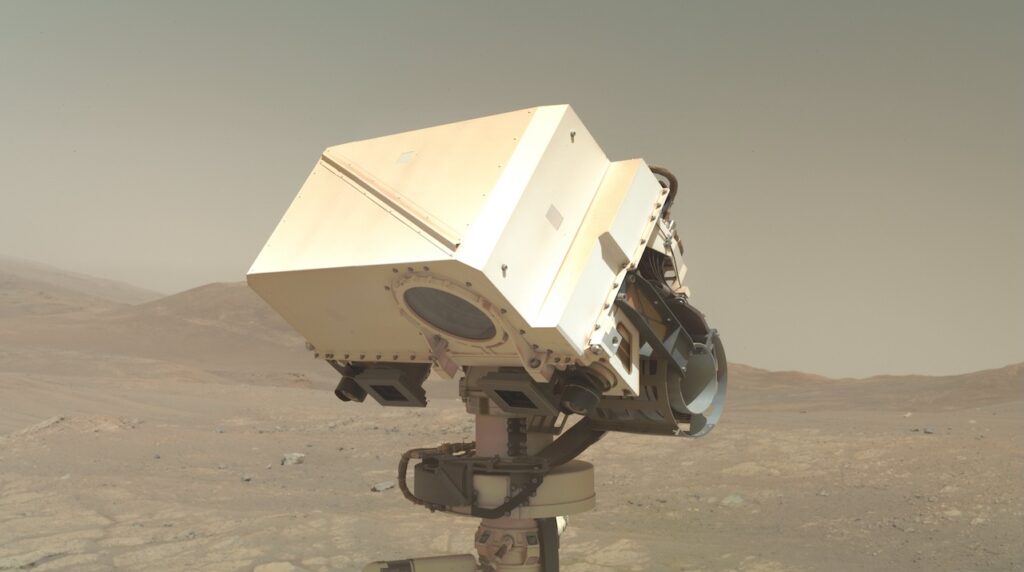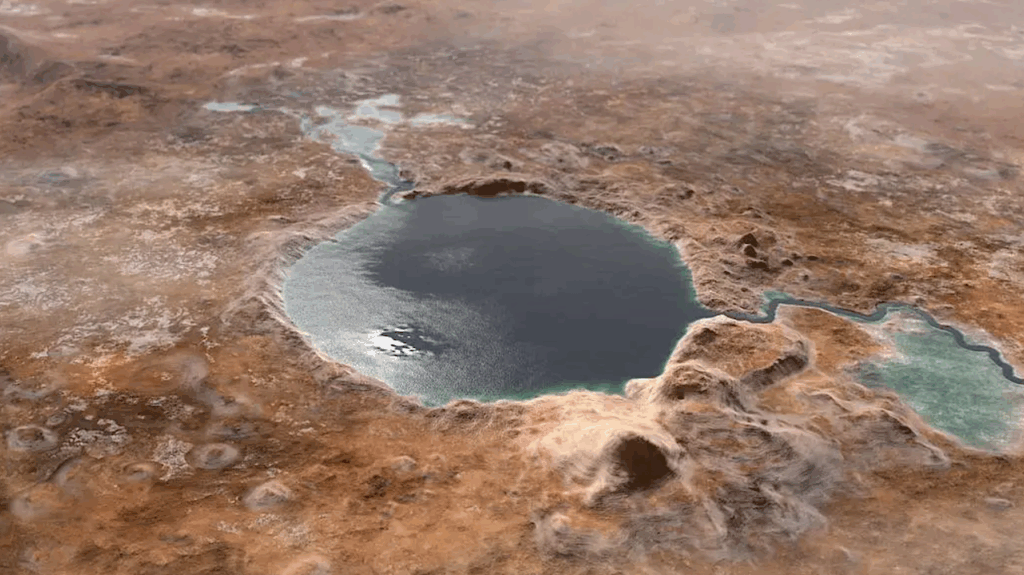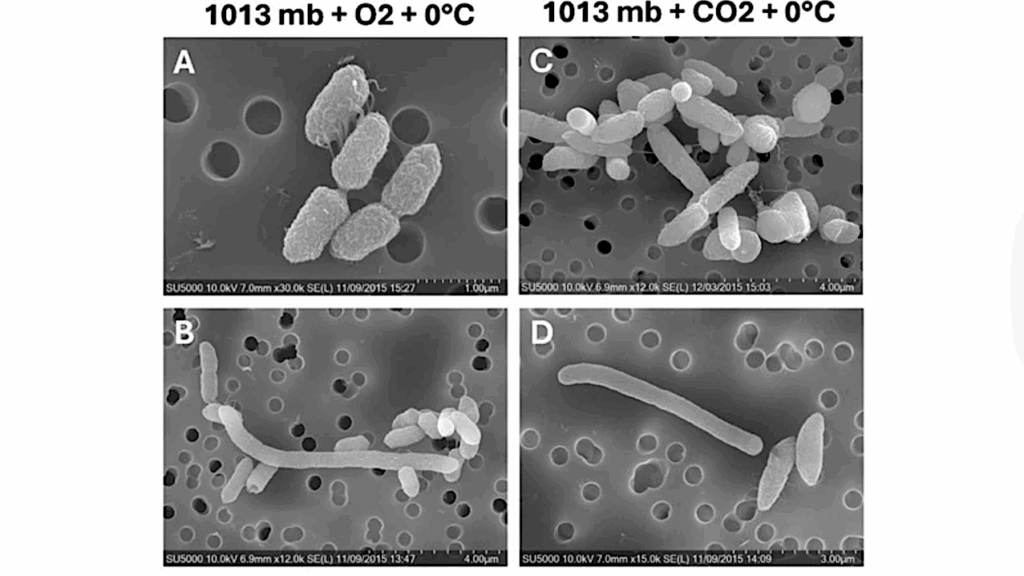Anoxic Atmospheres on Mars Driven by Volcanism: Implications for Past Environments and Life

Mars today has no active volcanism and its atmosphere is oxidizing, dominated by the photochemistry of CO2 and H2O. Using a one-dimensional photochemical model, we consider whether plausible volcanic gas fluxes could have switched the redox-state of the past martian atmosphere to reducing conditions.
In our model, the total quantity and proportions of volcanic gases depend on the water content, outgassing pressure, and oxygen fugacity of the source melt. We find that with reasonable melt parameters the past martian atmosphere (~3.5 Gyr to present) could have easily reached reducing and anoxic conditions with modest levels of volcanism, >0.14 km^3/yr, well within the range of prior estimates. Counter-intuitively we also find that more reducing melts with lower oxygen fugacity require greater amounts of volcanism to switch a paleo-atmosphere from oxidizing to reducing.
The reason is that sulfur is more stable in such melts and lower absolute fluxes of sulfur-bearing gases more than compensate for increases in the proportions of H2 and CO. These results imply that ancient Mars should have experienced periods with anoxic and reducing atmospheres even through the mid-Amazonian whenever volcanic outgassing was sustained at sufficient levels. Reducing anoxic conditions are potentially conducive to the synthesis of prebiotic organic compounds, such as amino acids, and are therefore relevant to the possibility of life on Mars.
Also, anoxic reducing conditions should have influenced the type of minerals that were formed on the surface or deposited from the atmosphere such as elemental polysulfur (S8) as a signature of past reducing atmospheres. Finally, our models allow us to estimate the amount of volcanically sourced atmospheric sulfate deposited over Mars’ history, approximately 10^6 to 10^9 Tmol, with a spread depending on assumed outgassing rate history and magmatic source conditions.
Steven F. Sholes, Megan L. Smith, Mark W. Claire, Kevin J. Zahnle, David C. Catling
Comments: 6 Figures, 1 Table, 3 Appendices
Subjects: Earth and Planetary Astrophysics (astro-ph.EP); Atmospheric and Oceanic Physics (physics.ao-ph); Geophysics (physics.geo-ph)
Journal reference: 2017, Icarus 290 pgs. 46-62
DOI: 10.1016/j.icarus.2017.02.022
Cite as: arXiv:2103.13012 [astro-ph.EP] (or arXiv:2103.13012v1 [astro-ph.EP] for this version)
Submission history
From: Steven Sholes
[v1] Wed, 24 Mar 2021 06:44:08 UTC (1,270 KB)
https://arxiv.org/abs/2103.13012
Astrobiology








